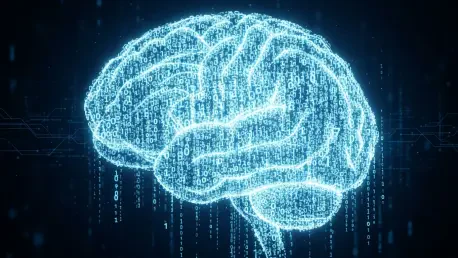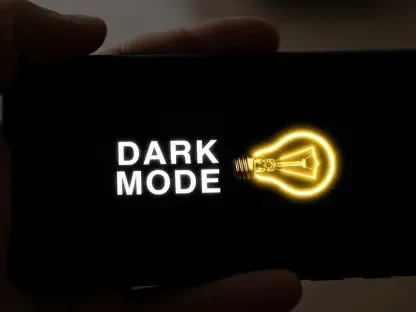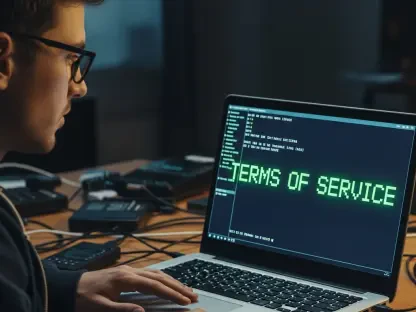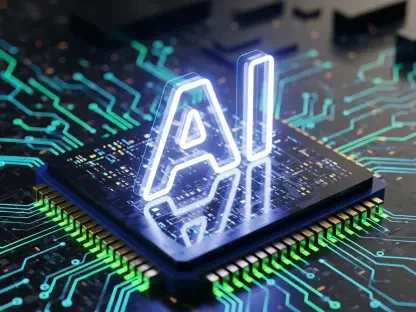What happens when a developer, buried under the weight of a sprawling codebase, discovers a way to double their efficiency with not one, but two AI assistants? Picture a high-stakes project where untangling a messy data fetch across multiple modules feels like solving a puzzle with missing pieces, a reality many in software development face today as complexity reigns and deadlines loom. Enter the game-changing duo of Claude Code and Cursor, AI tools that, when paired, transform chaos into clarity. This isn’t just about keeping up—it’s about redefining how coding gets done.
Why Settle for One AI When Two Can Redefine Your Workflow?
The notion of using a single AI tool for coding assistance is rapidly becoming outdated as developers face increasingly intricate challenges. Imagine a scenario where a critical server module needs refactoring under a tight timeline. Relying on one perspective often leaves gaps—missed edge cases or suboptimal structures. Combining Claude Code, integrated into Visual Studio Code (VS Code), with Cursor, a standalone AI-driven platform, offers a dual lens that catches what one might overlook. This approach isn’t a luxury; it’s a necessity for staying competitive in a field where precision and speed are paramount.
This dual-AI strategy proves its worth in real-world applications. For a developer wrestling with a convoluted data fetch, Claude might pinpoint silent retry issues, while Cursor maps out a comprehensive adapter framework. The synergy here is palpable—each tool brings a unique strength to the table, creating a workflow that feels like having an extra set of expert eyes. It’s a practical shift that’s already gaining traction among tech professionals hungry for smarter solutions.
The significance of this method lies in its ability to address the multifaceted nature of modern software projects. As codebases grow, so does the risk of errors and inefficiencies. Pairing AI tools like these doesn’t just patch up weaknesses; it builds a robust system where productivity isn’t a hope but a guarantee. This story of dual AI coding is more than a trend—it’s a glimpse into the future of development practices.
The Growing Impact of AI on Coding Challenges
Software development has evolved into a battleground of complexity, with projects demanding flawless execution under relentless pressure. AI coding assistants have become indispensable, automating mundane tasks like debugging and documentation while freeing up mental space for creative problem-solving. However, a single AI often falls short when tackling layered issues that require both granular detail and big-picture planning. This limitation has sparked a movement toward multi-AI setups.
Claude Code and Cursor exemplify how diverse AI strengths can fill these gaps. While one excels at dissecting code for potential pitfalls, the other constructs overarching plans for large-scale changes. Recent studies indicate that over 60% of developers now lean on AI tools for efficiency, a statistic that underscores the hunger for innovation in this space. The integration of multiple tools isn’t just a workaround—it’s a strategic response to an industry craving versatility.
This shift reflects a broader realization that one-size-fits-all solutions are inadequate for today’s coding demands. Developers are no longer content with partial assistance; they seek comprehensive support that mirrors the complexity of their work. As this trend gains momentum, the combination of specialized AI tools stands out as a beacon for navigating the intricate landscape of software engineering.
How Claude and Cursor Create a Dual AI Powerhouse
Diving into the mechanics of this partnership reveals a dynamic interplay between two distinct AI personalities. Claude Code, embedded in VS Code, acts as a meticulous analyst, crafting detailed commit messages and spotting obscure bugs during refactoring. For instance, while polishing a backup script, it flagged missing type guards that could have triggered cascading failures. This precision ensures that the minutiae of coding aren’t just handled but mastered.
Cursor, by contrast, operates as a visionary architect, leveraging features like Plan Mode to blueprint extensive project changes. Tasked with designing a custom toolkit for a WordPress setup, it delivered structured outlines and test stubs that laid a solid foundation. This capacity to think ahead and organize complexity into actionable steps makes it an ideal counterpart to Claude’s detail-oriented focus. Together, they cover both the forest and the trees.
The real magic happens when their outputs are compared and combined. On a challenging data fetch problem, running both tools on separate branches allowed for a side-by-side evaluation—Cursor’s holistic structure paired with Claude’s sharp error detection resulted in a seamless, deployable solution. This competitive collaboration mimics a team dynamic where diverse expertise converges, proving that two AI minds are indeed better than one.
Developer Experiences with Multi-AI Workflows
Feedback from the tech community highlights the transformative potential of this approach. A software engineer at Vertigo AI Lab, working on a high-profile server project, described the pairing as “a game-changer, like having a strategist and a debugger in constant dialogue.” This sentiment captures the essence of how dual AI tools elevate complex tasks from stressful to streamlined. The enthusiasm is not just anecdotal—it’s a growing chorus among professionals.
Concrete examples back up these claims. In a critical module refactor, merging Claude’s in-depth analysis with Cursor’s strategic planning eliminated deployment issues entirely, a feat that single-tool workflows struggled to achieve. Such outcomes resonate with industry data showing a sharp rise in AI adoption, with many developers now viewing multi-tool setups as the next logical step. The consensus points to a future where this practice could become the norm for sophisticated projects.
Beyond individual stories, the broader impact is clear. As developers experiment with these configurations, they’re uncovering new ways to tackle long-standing pain points in coding. This collective exploration signals a shift in mindset—AI isn’t just a helper but a partner, and leveraging multiple perspectives is key to unlocking its full potential in the development arena.
Steps to Build Your Own Dual AI Coding System
Setting up a dual AI workflow with Claude and Cursor is a straightforward yet powerful endeavor. Start by configuring the environment: install Claude Code as a VS Code extension for seamless in-editor support, and download Cursor as a standalone application. Operate both on the same codebase but maintain separate branches to prevent overlap or conflict. This foundational setup ensures clarity from the outset.
Next, define distinct roles based on each tool’s strengths. Assign Claude to handle routine tasks like writing commit summaries and identifying errors, while reserving Cursor for structural overhauls or multi-file modifications. Precision in prompting is critical—request specific outputs, such as numbered plans or code citations, to keep responses targeted and useful. Vague instructions often yield equally vague results, so clarity is non-negotiable.
Finally, establish discipline to maintain order. Lock configuration files to avoid unintended AI edits, adopt a test-first mindset even for basic checks, and manually compare outputs from both tools to merge the strongest elements. This methodical approach transforms potential chaos into a cohesive system, maximizing the benefits of dual AI assistance. With these steps, any developer can replicate this productivity boost and tailor it to their unique challenges.
Reflecting on a Dual AI Journey
Looking back, the journey of integrating Claude and Cursor into coding workflows stands as a testament to innovation under pressure. Developers who embraced this duo found themselves not just surviving but thriving amid complex projects that once seemed insurmountable. The synergy between detailed analysis and strategic planning turned daunting tasks into manageable milestones, reshaping how challenges were approached.
The path forward is paved with actionable insights for those ready to experiment. Adopting strict guidelines, from separate branches to precise prompts, became the bedrock of success in harnessing these tools. As the tech landscape continues to evolve, the potential for even tighter integrations and smarter features looms large, promising to elevate this dual-AI strategy further.
Ultimately, the experience underscores a vital truth: productivity in coding isn’t about working harder but working smarter. By leveraging the combined strengths of two AI assistants, developers carved out a space where efficiency and quality coexist. The invitation remains open for others to test this approach, refine it, and push the boundaries of what’s possible in software development.









